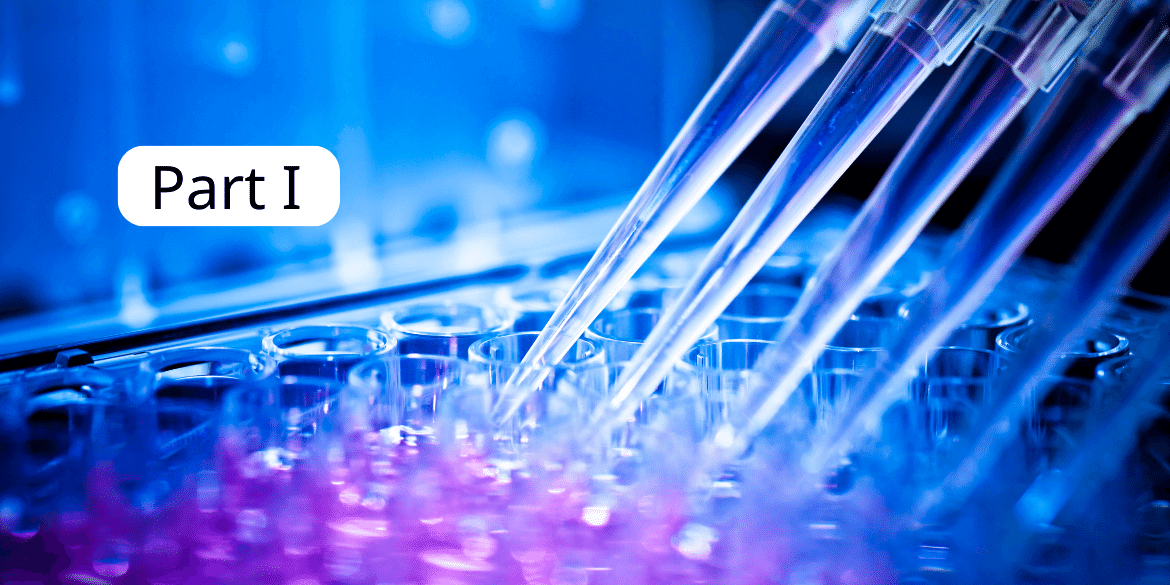How to create documentation for safe and effective medical devices
21 Sep 2023
 5 mins
5 mins

From the moment it’s designed to when it’s retired from use, a medical device needs to be accompanied by detailed technical documentation, commercial information and other content for distributors, regulators, medical professionals, and patients.
Whatever its format, this content must be accurate, consistent and kept up to date across all channels and languages for the device’s entire lifecycle. And at each stage, these documents need to be easy for stakeholders to access, edit and publish – whether it’s for clinical trials, regulatory submissions, labels or materiovigilance. Every piece of content that follows this workflow must meet the exacting demands of industry regulators, while being clear enough to meet the end users’ requirements too.
For many medical device manufacturers, this is easier said than done. Content workflows for medical devices are often highly complex, with multiple bottlenecks where different stakeholders need to approve the content before it’s released. It’s easy for content to get stuck in this complicated pipeline, which can delay launches and prevent critical updates from reaching the right people.
Four content creation challenges for medical device manufacturers
In this two-part series, we’ll be exploring the top challenges of running a medical device documentation pipeline, before outlining a new, streamlined approach to creation and maintenance through structured content. Let’s start by examining the core challenges for each key use case – and dig into why the status quo for medical device manufacturers isn’t the most efficient way to run a workflow.
1. Creating detailed, accurate medical writing
From standard operating procedure advice to post-market clinical follow-up plans, medical writers need to communicate complex information in a way that can be quickly and easily understood by medical professionals and patients alike.
Because this content requires a foundation of highly detailed, technical material, medical writers often find themselves chasing subject matter experts for their input and approval. But most stakeholders are still using outdated collaboration methods, which slow the whole content creation workflow down. Whether they’re manually reviewing hard copies, annotating PDFs or adding comments to Microsoft Word documents, it’s almost impossible to reliably collate everyone’s feedback into a single document.
And when a medical writer needs to action this input, there’s a lot of added pressure to ensure everyone’s opinions are reflected in the final document. But with so many different channels for receiving notes, it’s easy to miss a comment from a stakeholder – especially if they’re collaborating with external partners.
As well as wasting precious time, this multi-platform workflow leads to duplicated effort and inconsistencies between drafts, and makes it far harder for the writer to produce a complete and compliant end result.
2. Producing complete, compliant regulatory submissions
The technology behind medical devices is evolving all the time – which means regulatory demands are always changing to keep up. Governments update their guidelines frequently to ensure their citizens have access to safe and secure medical devices and procedures. Recent examples include the EU’s MDR and IVDR, and usually each market requires its own regulatory submission in the local language to help decision-makers assess the device’s suitability.
For medical device manufacturers, this means strict deadlines for highly detailed submissions about their new device, often produced in multiple languages to enable them to submit to all their target markets.
Collating all the necessary information requires close collaboration from internal and external teams – and this is still a paper-based document control process for most organizations. But paper-based processes lack transparency and version control, and put the team at risk of misplaced documents and missing information along the way.
With the smallest inconsistencies leading to regulators rejecting the submission, it’s easy for product launches to grind to a halt at this stage.
3. Ensuring consistent, clear medical device labeling
Today’s medical devices are created in global production networks, with components being produced in different manufacturing facilities. Each of these manufacturers will use its own system for label design, control, approval, and printing.
Once all these components are assembled and ready to be installed in a device, this variety in labeling can cause issues in inventory management, production, regulatory submissions and technical documentation. The device manufacturer will often need to add extra stages into its documentation workflows to consolidate all the different label information and ensure the listed specifications are correct.
4. Enabling centralized, automated medical device vigilance
Medical device vigilance or materiovigilance processes take place in the post-market surveillance phase of a product’s lifecycle, recording any complaints about medical device adverse effects for compliance and improvement purposes.
Most organizations report some level of inconsistency in their reporting for incidents that aren’t classed as serious. This is usually due to complaints being collected via several disparate systems with limited change control, which creates gaps in the way information is consolidated and often requires data teams to copy and paste data.
Only 29% of medical device manufacturers have an automated, end-to-end change control process in place. Not only does this risk data loss or duplication, but manually processing changes is far less efficient and cuts teams off from the benefits of examining trends via analytics dashboards.
Structured content will transform your medical device documentation pipeline
So, what’s the solution? Content teams and their stakeholders are under growing pressure to produce medical device documentation faster, in greater detail, for more markets, while still complying with regulatory requirements.
A structured content approach – using a solution like Tridion Docs – can revolutionize the workflow for all different types of medical device documentation, by introducing a centralized repository of content components for your teams to work from.
In the second part of our series, we’ll explore structured content for medical devices in detail, and outline how this approach can help you overcome the challenges of creating and maintaining your document library.
